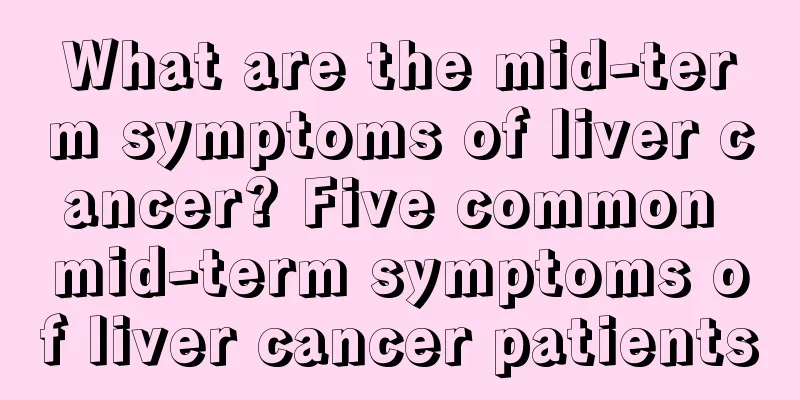What are the symptoms of muscle atrophy?

|
Many people don't quite understand what kind of disease muscular atrophy is. Once you understand the symptoms of muscular atrophy, you will know that the main manifestations of muscular atrophy in patients are always cold limbs and dry skin. The most obvious atrophy is in the upper arms, that is, the muscles of the two arms are asymmetrical with the body, the muscles of the limbs and the body, including the flesh of the whole body, are not uniform, the body's strength decreases, and the limbs are sore and weak. Many people don’t know much about the symptoms of muscle atrophy. What are the symptoms of muscle atrophy? Muscular atrophy is a common clinical disease, which refers to the reduction in skeletal muscle volume due to thinning or disappearance of muscle fibers. It is an important symptom and sign of many neuromuscular diseases. Patients with muscular dystrophy may experience different symptoms depending on the type of muscular dystrophy. The disease usually develops insidiously during childhood or adolescence. It affects more men than women and progresses more slowly. In most patients, muscle atrophy and weakness begin in the distal muscles of the lower limbs (peroneus muscles, extensor digitorum common muscles, and small muscles of the feet), gradually develop upward, and are symmetrical. For a few patients, the treatment can also start from the hands. Muscular atrophy often has obvious boundaries, with the lower limbs not exceeding the lower 1/3 of the thigh, resembling an "inverted wine bottle" (called "crane legs"). Due to muscular atrophy, cavus foot, foot drop and equinovarus deformity may occur, but the muscle strength is still relatively good, which is disproportionate to the muscular atrophy. Upper limb muscle atrophy often starts from the small muscles of the hand, but usually does not exceed the lower 1/3 of the forearm. The tendon reflexes of the limbs are weakened or disappeared, and the Achilles tendon reflex is often absent. There may be sensory disturbances in the limbs, accompanied by autonomic dysfunction such as rough skin, cold extremities, hypohidrosis or cyanosis, and occasionally changes such as optic atrophy, retinal degeneration and nystagmus. The above clinical manifestations are often typical of CMT type I patients. Patients with autosomal recessive inheritance may have changes such as ataxia and scoliosis. |
<<: How to effectively treat herpes on the waist?
>>: What are the symptoms of low thyroid hormone?
Recommend
Alcoholic liver disease symptoms
Many male friends drink without restraint in thei...
How is molluscum contagiosum treated?
Molluscum contagiosum is an autoinoculated viral ...
What diagnostic methods can confirm lung cancer? Three diagnostic methods can detect lung cancer as early as possible
Lung cancer is a type of cancer that is seriously...
The hazards of benign teratoma
Ovarian teratoma is a relatively rare disease. Th...
What are the early symptoms of small cell lung cancer
We all know that small cell lung cancer is one of...
How to give yourself a butt injection
Buttock injection is a form of intramuscular inje...
Can honey be washed with hot water?
Many people like to drink honey water, not only b...
What vitamins are lacking that can easily cause getting angry
If you often get inflamed, it is most likely due ...
The difference between black rosewood and red rosewood
There is a big difference between black rosewood ...
Regarding whether bone cancer is hereditary
As people's living standards continue to impr...
What is the effect of applying vitamin E on the face
Vitamin E is a tonic with beauty effects. It can ...
What is the cause of kidney cancer
What are the causes of kidney cancer? Kidney canc...
What are the care options for right subclavian artery plaque?
When people find that they often have plaques in ...
How many clinical types of hamartoma are there
How many clinical types of hamartoma are there? H...
How to effectively treat kneecap fracture
It is difficult to reposition a kneecap fracture ...









